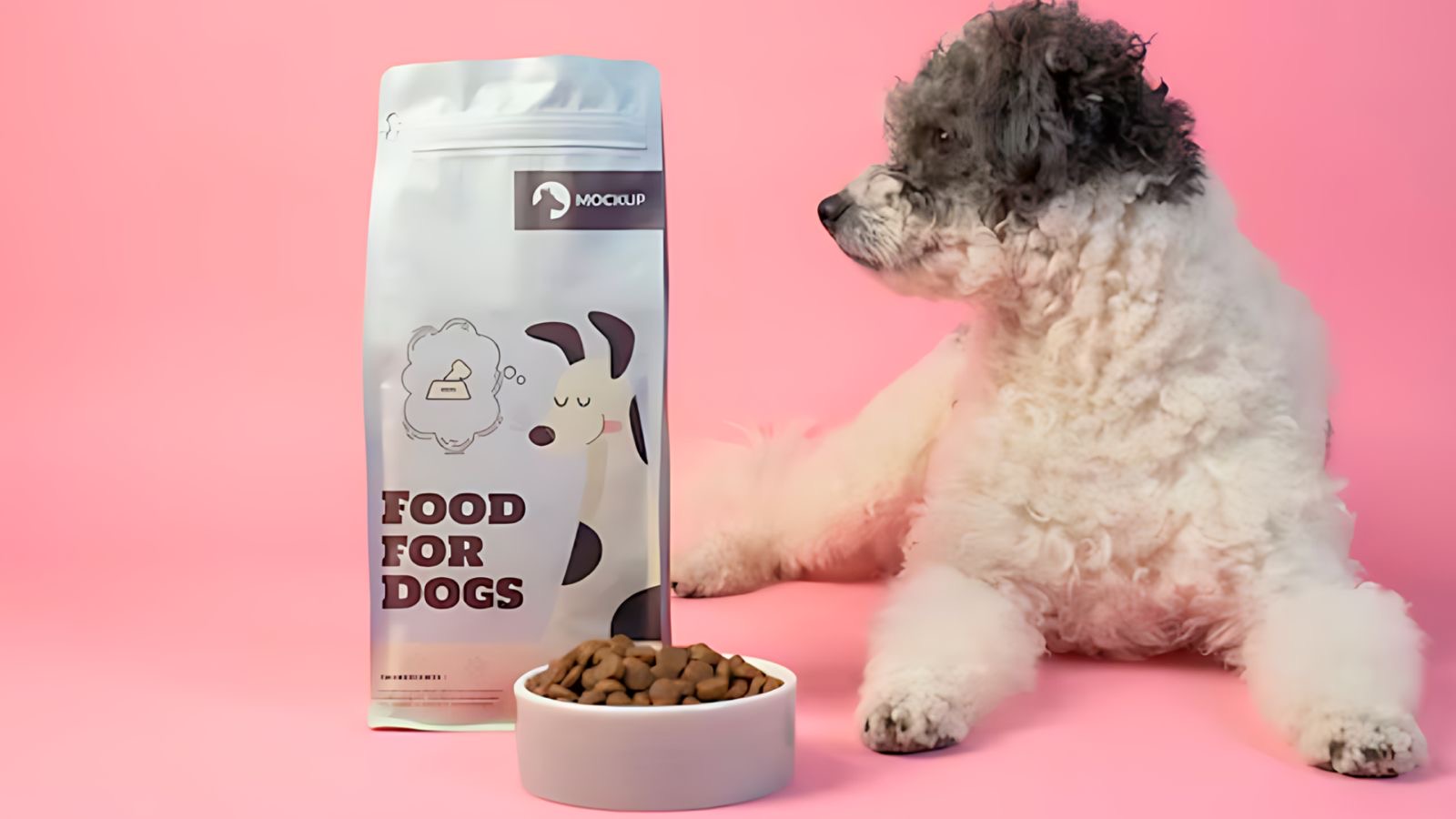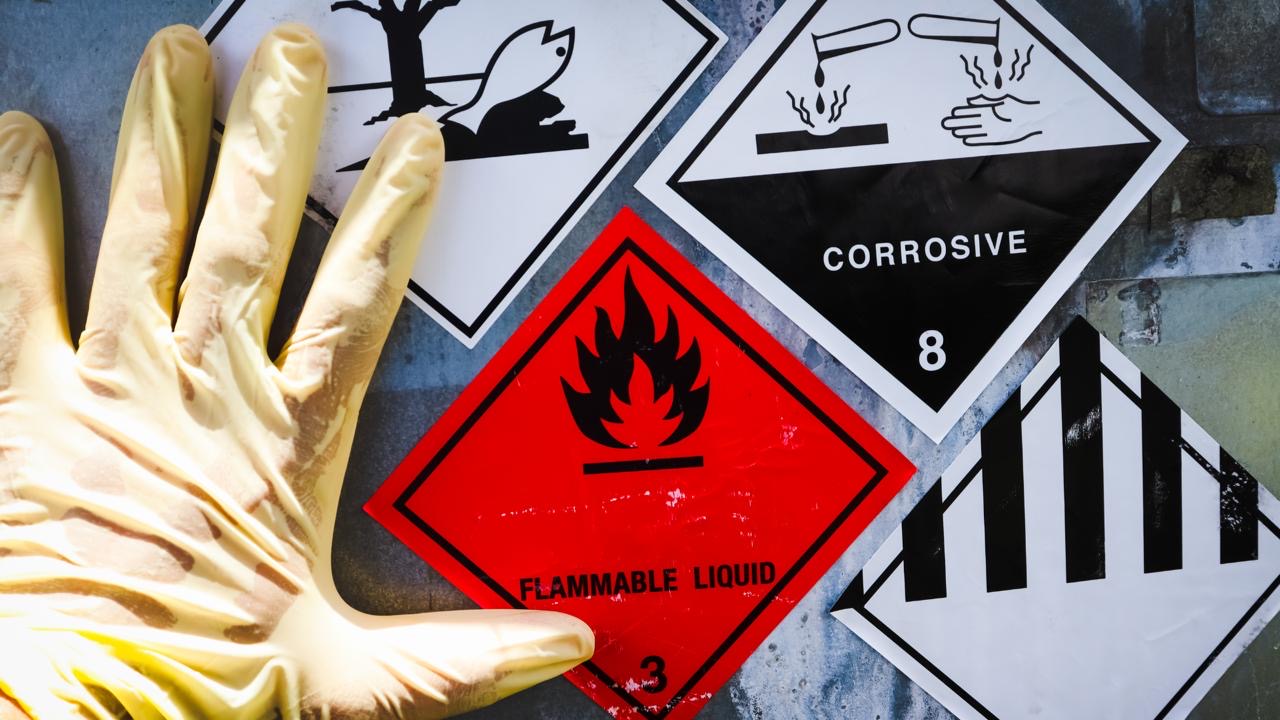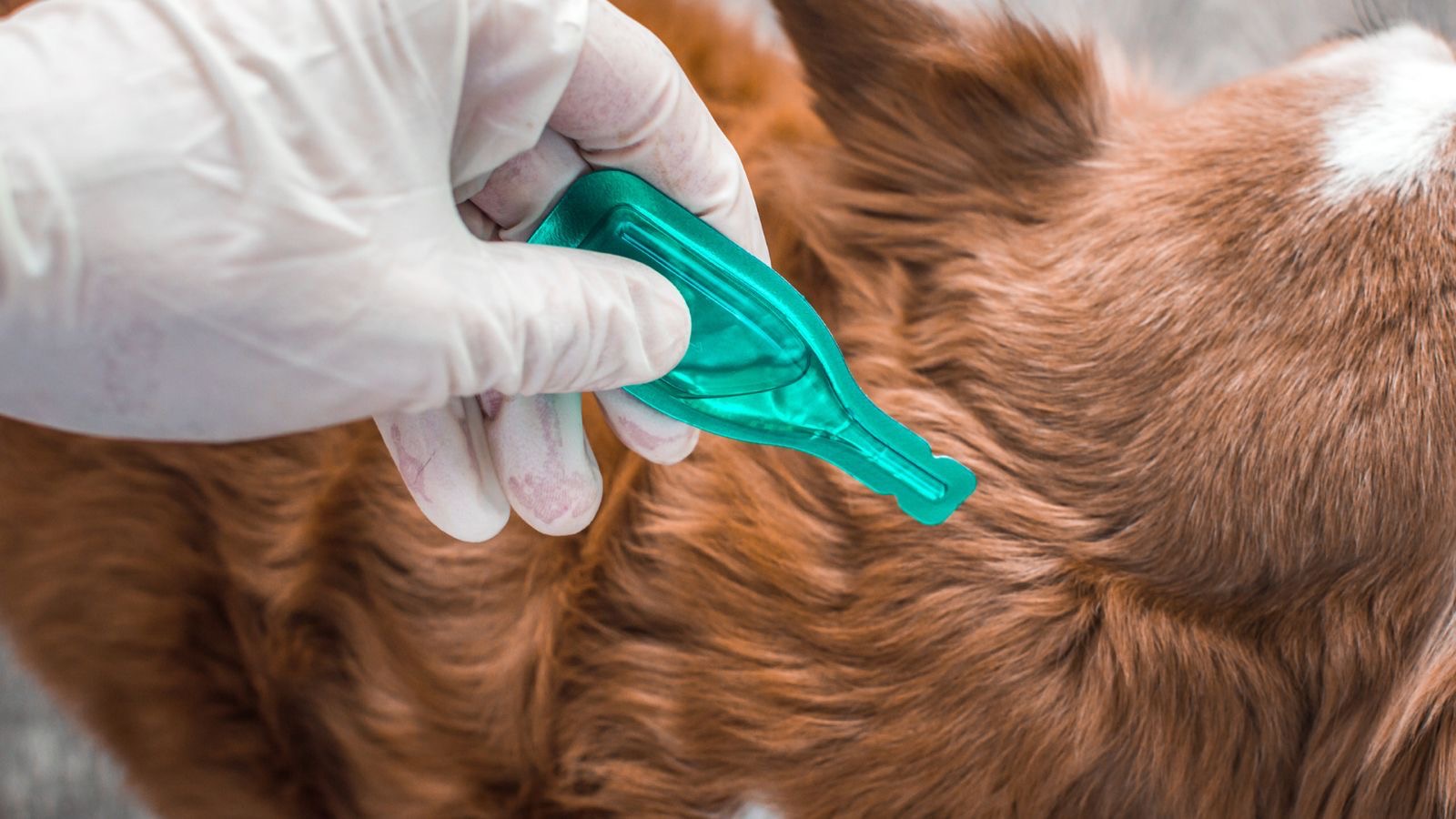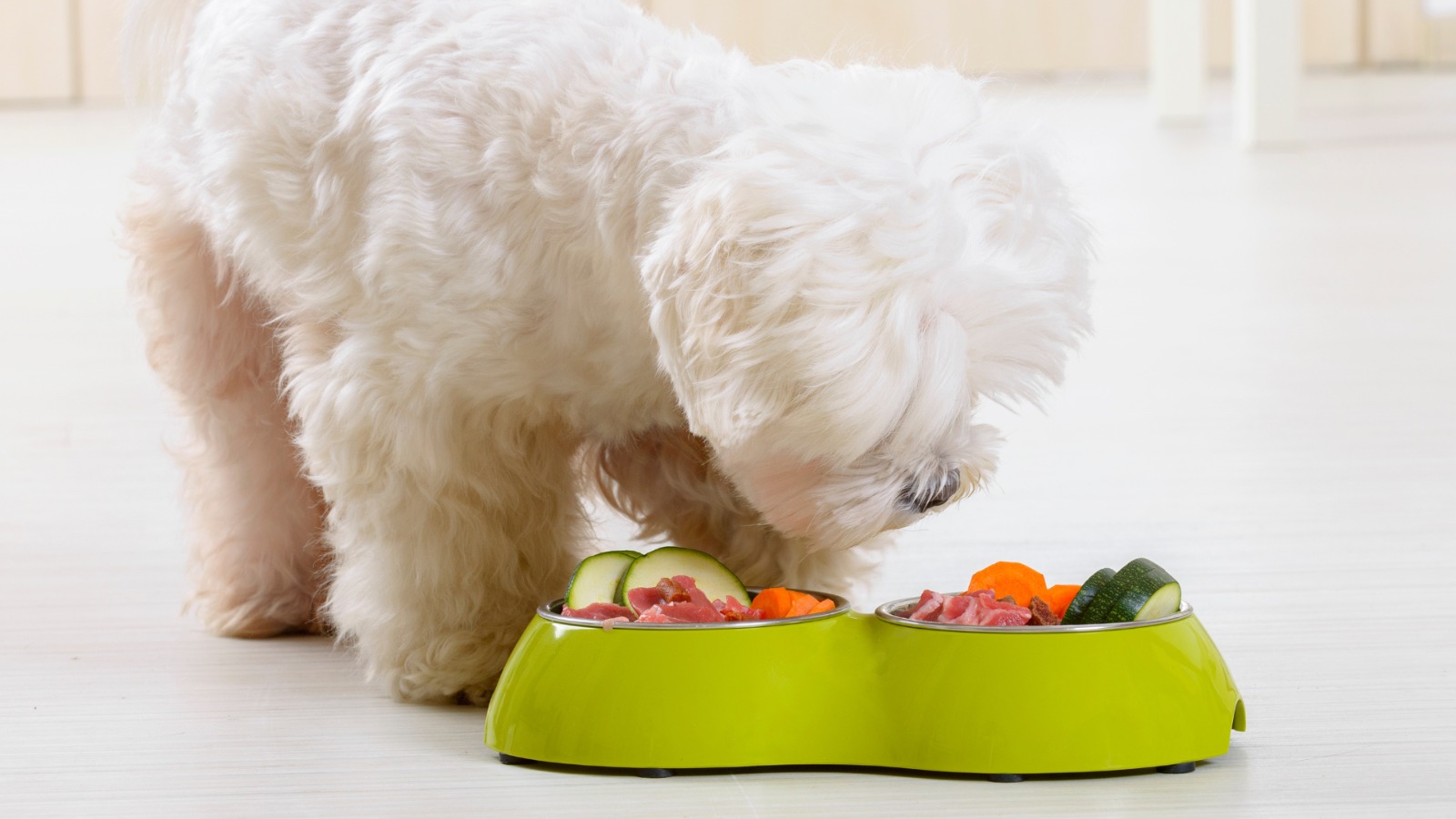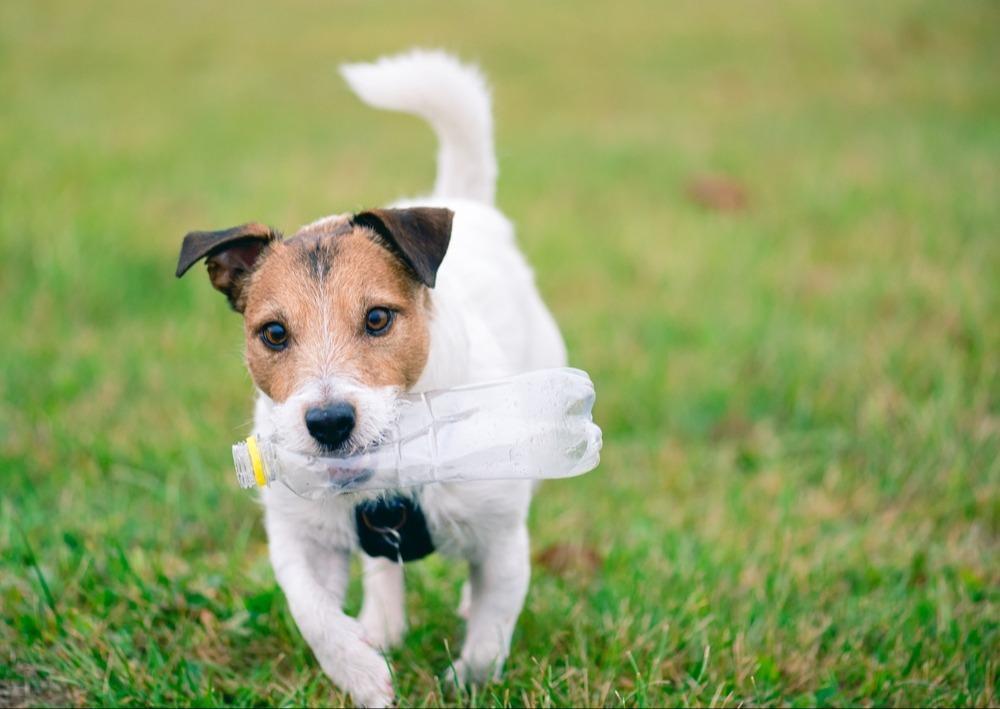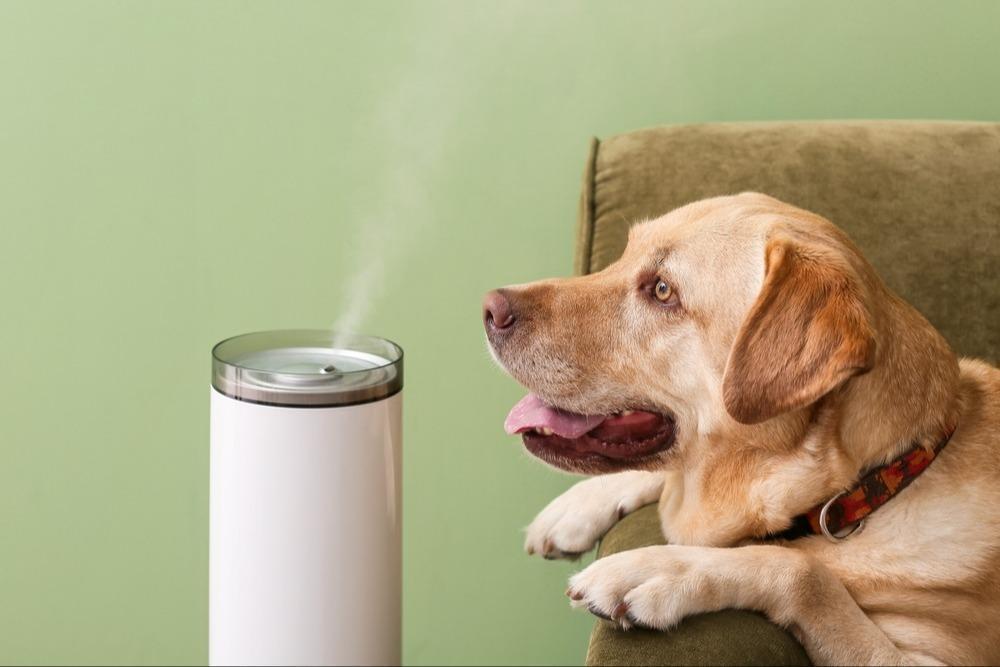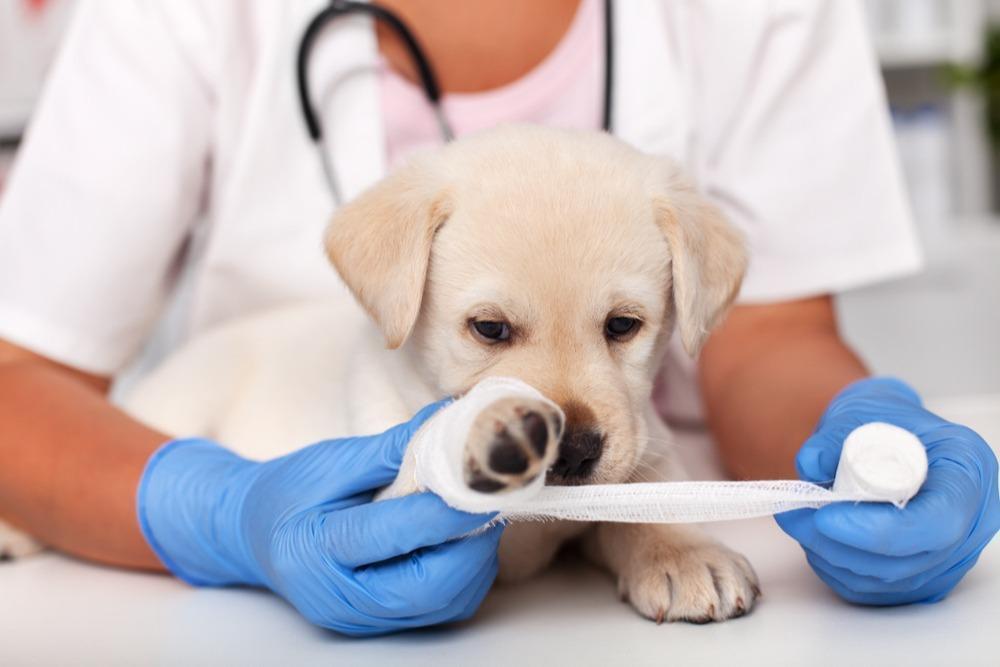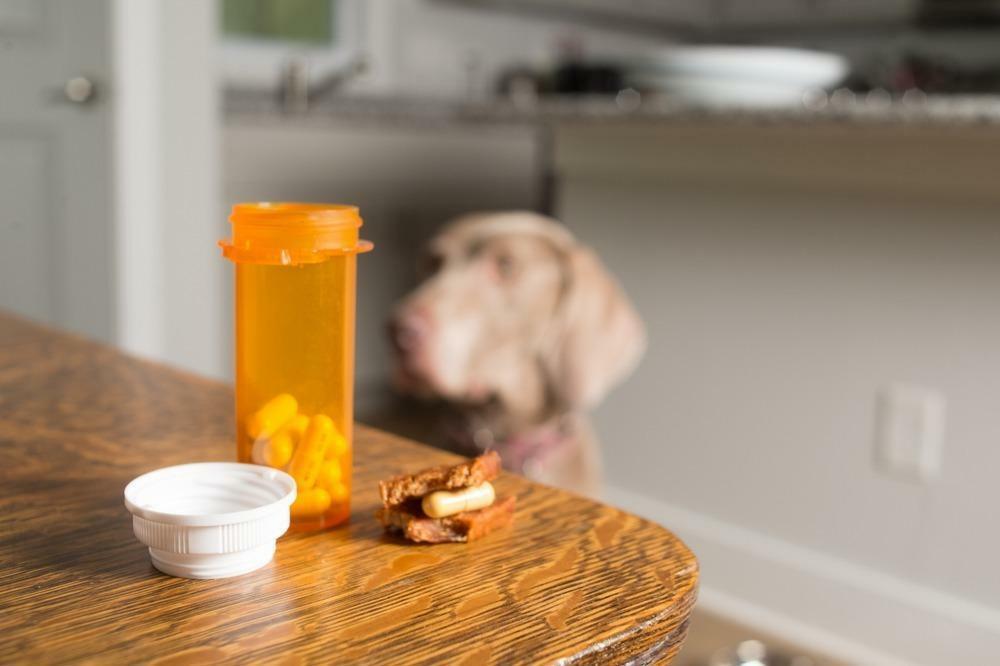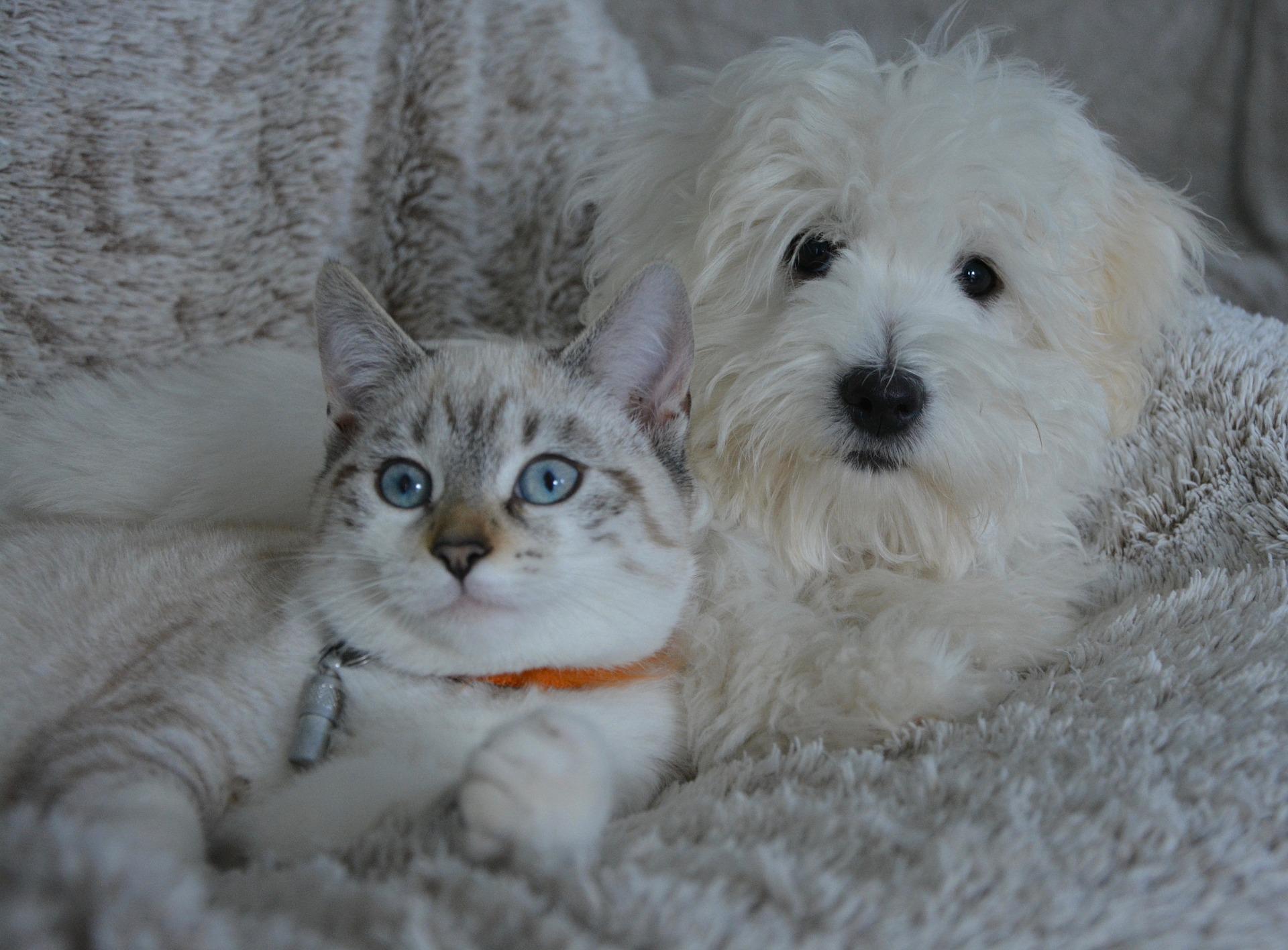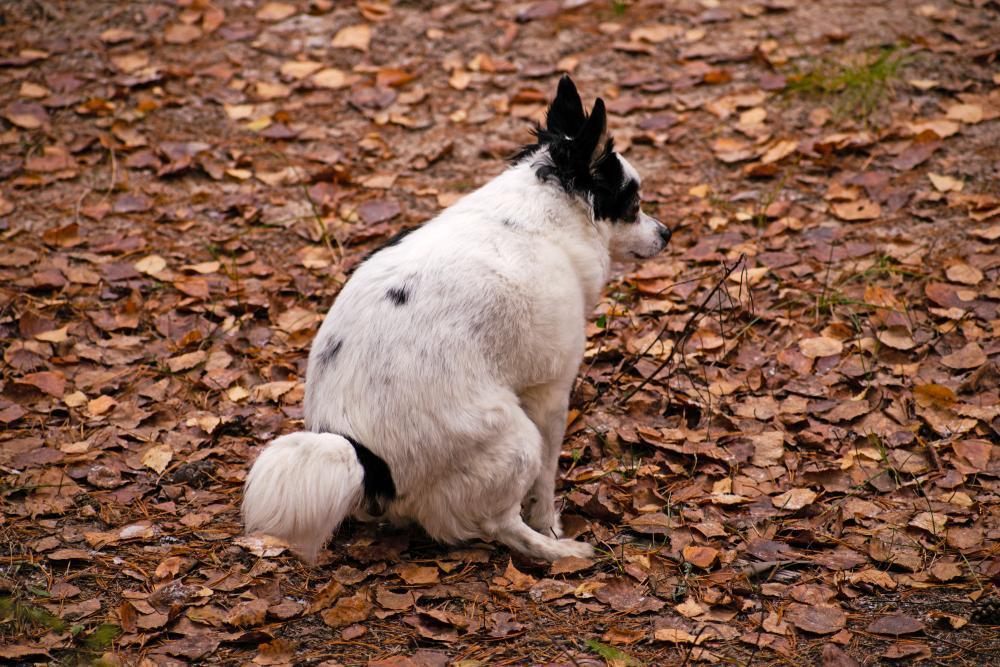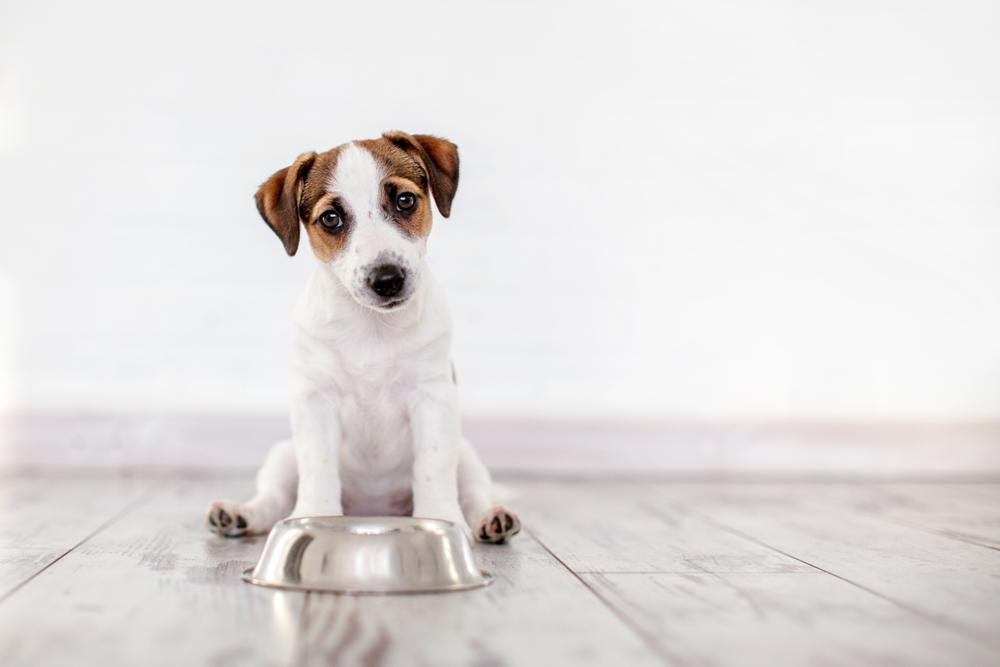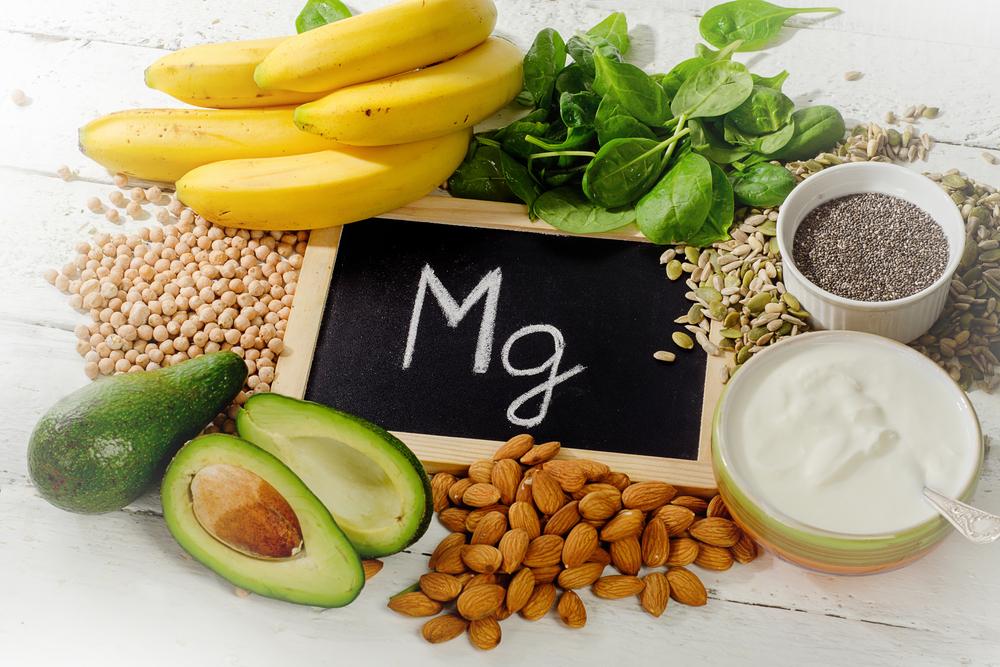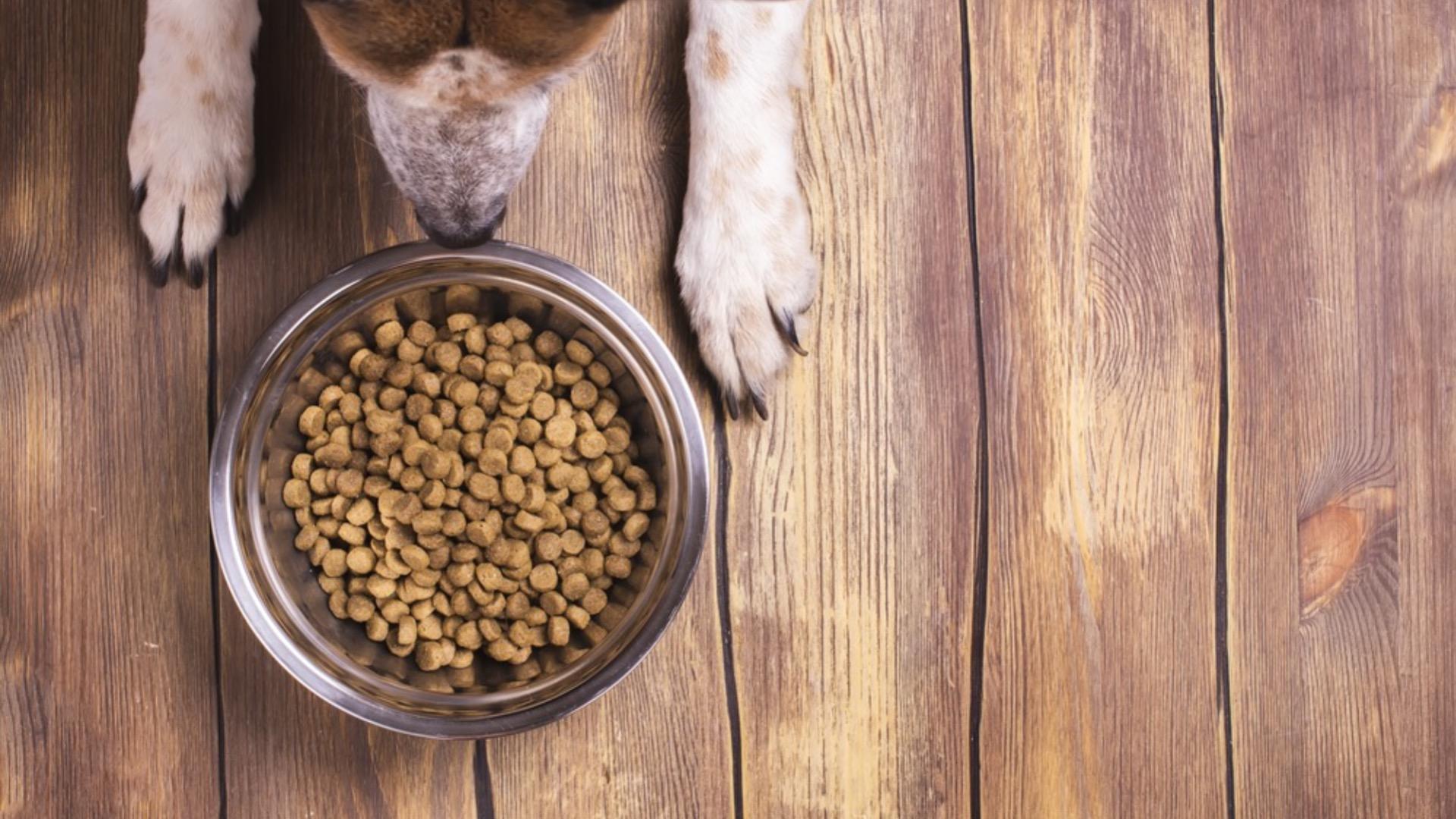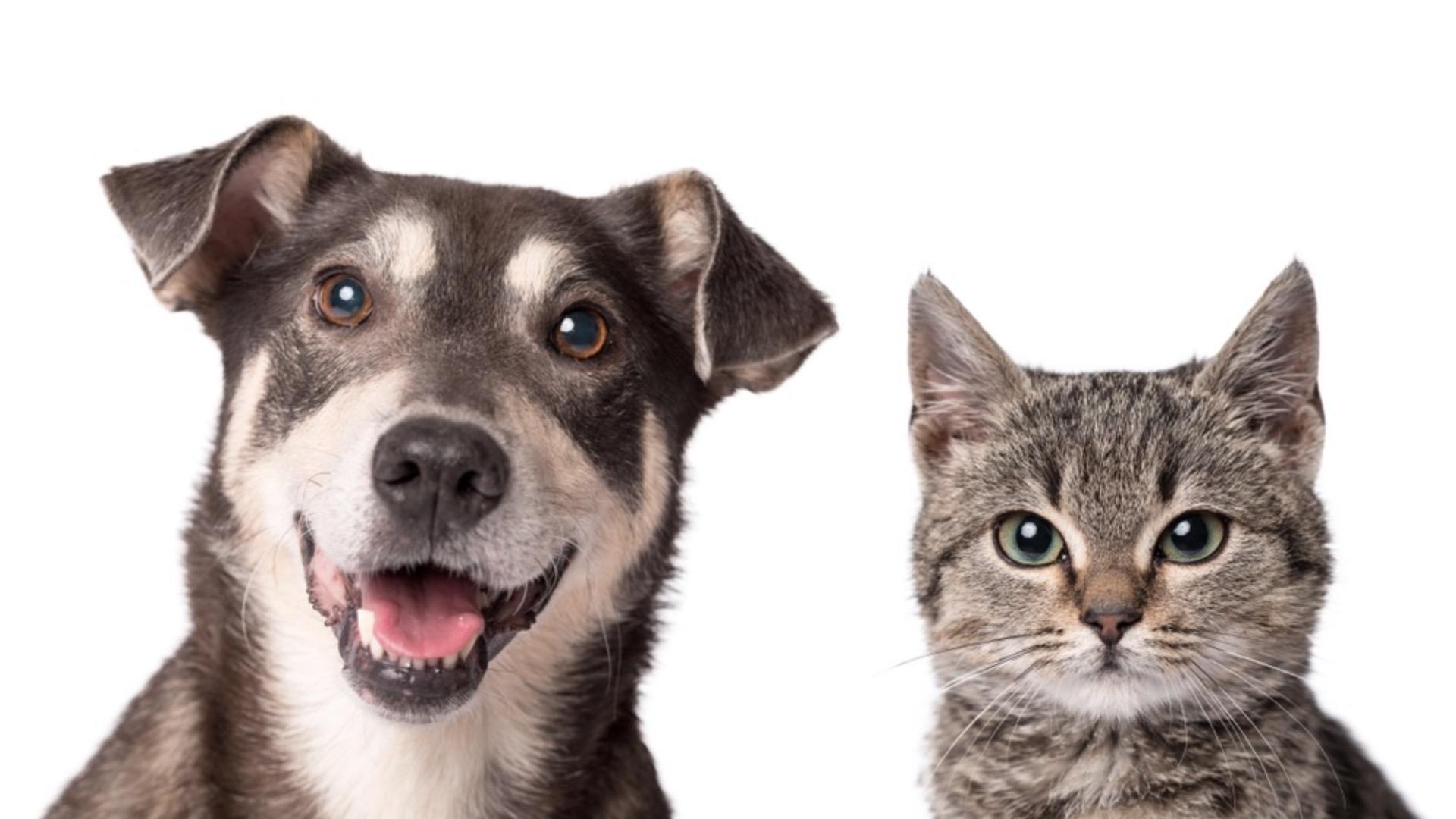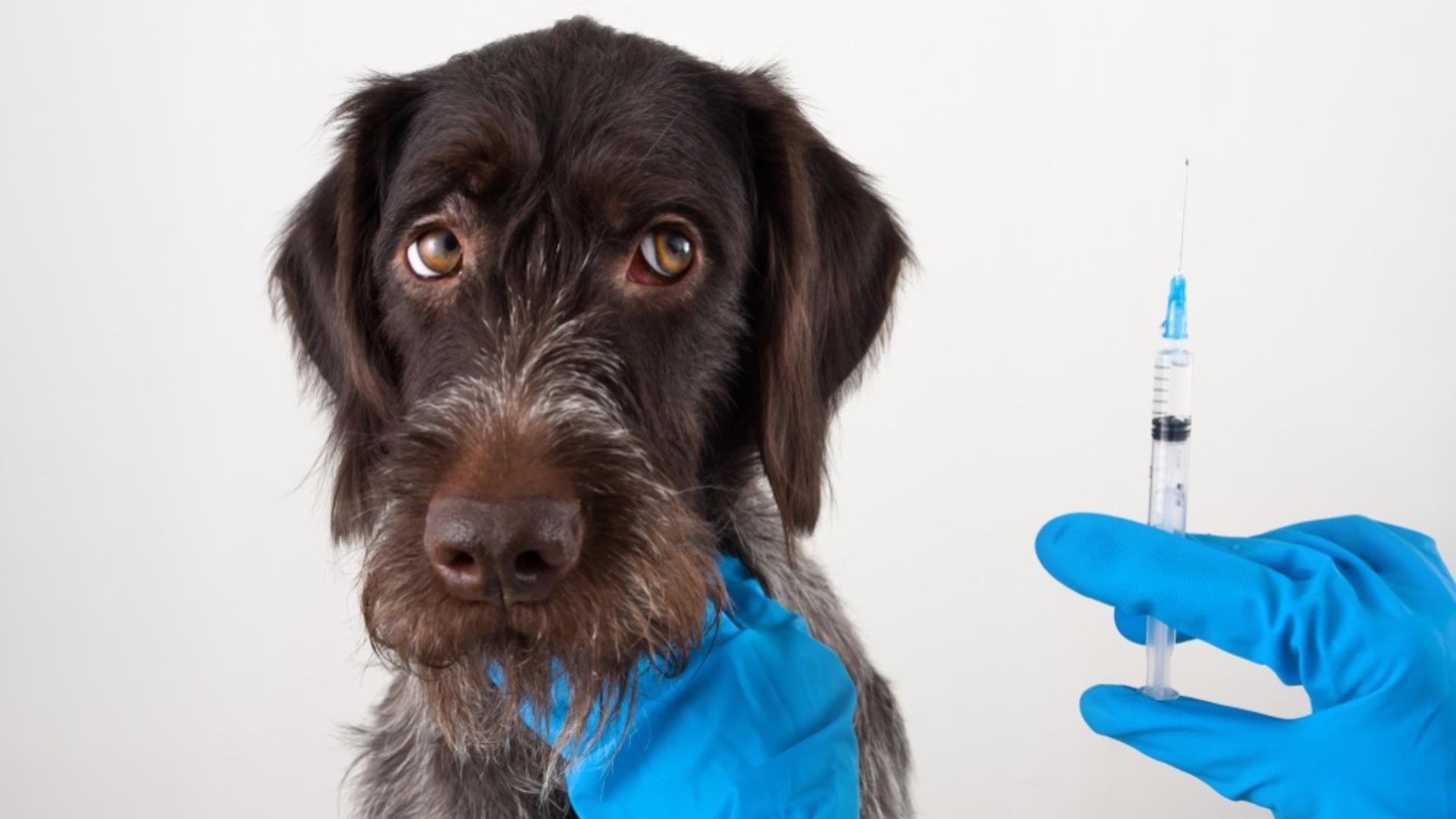The pet food market is such a crowded place, and can feel like quite the minefield! With so many types of foods, different marketing strategies, complex looking labels and ingredients lists, it’s no wonder so many people come to us here at My Pet Nutritionist worrying about what to feed their dogs or cats! Of course, we always recommend fresh food, but some owners may be unable to for various reasons; all types of pet food have to follow the legal guidelines for labelling, so we are here to help you decipher pet food labels!
What Is The Difference Between Complementary, And Complete?
When looking at the many pet foods available, from dry kibble, to cold pressed, to freeze dried, airdried, wet or raw options, you may notice some will say ‘complete’ and others will be ‘complementary’. You can learn about the types of foods available on the market
here.
A ‘complete’ food will contain all the basic nutrition needed for its target species to survive on, whether that is through the use of synthetic micronutrients, or fresh sources of these nutrients. In terms of raw and fresh feeding, this will usually mean there are fruits and vegetables added to the raw meat, bone and offal, and usually an omega source too. If a dry food states this, there is usually some form of ‘added’ vitamins and minerals, often synthetically. Omega 3 is often lacking, even in ‘complete’ dry foods, as they are inherently inflammatory.
A ‘complementary’ food, usually in the form of a premade 80-10-10 raw food, a pure meat wet food, or a ‘mixer biscuit’, means more ingredients are required to be added to make the diet complete, and provide nutrition required for an animal to thrive. Those feeding an ultra-processed diet including a ‘complementary’ dry option, will often be instructed to feed an accompanying wet food by the manufacturer. Those feeding a ‘complementary’ wet or raw food, will be encouraged to feed a mixture of fruits and vegetables alongside the food, and add in an omega source. Some ‘complementary’ wet foods also require additional calcium to be added.xx
We have a fantastic blog post, all about balancing an 80-10-10 raw food, which you can read
here.
The Order of Ingredients on Labels
The ingredients on dog food labels are ordered just the same as those on human food labels – the highest amount of any single ingredient in the food is the first on the list, whereas the last ingredient is that which occurs the least in the food. Some manufacturers put percentages of each ingredient, but this isn’t law, so many don’t. When a percentage is in brackets, it is as part of the ingredient it’s next to – so when a label states ‘meat and animal derivatives (chicken 4%)’ it means there’s 4% chicken, and the rest of the meat and animal derivatives are of unknown origin. Legally, dog food manufacturers do not need to declare what preservatives are used. Those who state ‘preservatives’ and ‘antioxidants’ will often use low quality, synthetic, often carcinogenic chemicals.
How Much Meat Is In My Pet’s Food?
Pet food labelling can be very misleading, and very clever in terms of informing the consumer of the meat content. Obviously with out obligate carnivore cats, and our facultative carnivorous dogs, meat is the most important part of the diet, so owners will often look at the flavour of a dog or cat food, and assume the main ingredient is that meat! Sadly this isn’t the case, and with clever wording, manufacturers are able to pull the wool over most pet owners’ eyes! Here is what the very careful labelling really means!
If a product says ‘chicken flavour’ there is 0% to 3% chicken.
If a product says ‘with chicken’, it has 4% chicken.
If a product says ‘chicken’, it has at least 26% chicken. Similarly, if a product says ‘chicken AND beef’, there will be at least 26% of each meat, whereas when a product says ‘chicken WITH beef’, there will be at least 26% chicken and 4% beef.
The subtle differences, of literally just one word, can make all the difference to the food’s quality!
Working Out The Carb Content
When you look on pet food labels, you may notice the ‘composition’ or ‘analytical constituants’ is listed – this includes the percentage of the food that is protein, crude fibre, crude oils and fats, crude ash, and moisture. You may notice there is one macronutrient missing here – the one we want to limit or eliminate; carbohydrates! By not listing the carb content of a food, it makes it harder for consumers to see the percentage of carbs in the food – higher percentages will likely put the buyer off. Most dry foods are between 40 and 60% carbohydrates!
So how do we work out how much of a food is carbohydrate? This involves a very simple maths problem. Simply subtract the listed percentages of protein, fats/oils, fibre, ash and moisture from 100. The answer will give you the percentage of carbohydrates in the food.
What Does ‘Crude’ Mean?
When it comes to pet food labelling, ‘crude’ simply means ‘total’. So the ‘crude protein’ in a food, is the total amount of protein in a food, regardless of it’s source. The ‘crude fat’ in a food, is the total amount of fat in a food, regardless of the source.
Is There Really ‘Ash’ In My Pet’s Food?
Yes, and no – by ‘ash’, it doesn’t mean the manufacturer has added in a load of fire waste. Ash in pet food is the minerals and vitamins in a food. Strange term to describe some vitamins and minerals isn’t it? But there is method to the madness! When a food is analysed to work out the analytical constituents/composition, it is burnt in a special furnace, which weighs the content as it burns. As the food burns, it’s mass and weight will reduce gradually. Once the weight reaches a constant, and doesn’t change any further, this is measured as a percentage of the total sample burnt. The matter left at the constant weight is the minerals and vitamins, aka ash in the food!
Ash will be found on the label of all pet food types, including raw food. Typically, dry foods contain more of this inorganic matter than wet or raw foods. Dry foods tend to have between 5% and 8% ash, whereas wet and raw foods tend to have between 1% and 2% ash.
What Really Are Derivatives?
One of the most widely used terms in the pet food industry is ‘derivatives’. This can be labelled as ‘meat and animal derivatives’, ‘derivatives of animal origin’, ‘vegetable derivatives’, of ‘derivatives of vegetable origin’.
Animal derivatives, or those of animal origin, refers to parts of animals/meat that is surplus to the human food industry. It can include anything from scrapings from the abattoir floor, to body parts not commonly consumed by humans. Are they good or bad? This is a tricky question. In some wet foods which are pure meat, they may list animal derivatives, as may some raw foods. This can simply be because the company uses bones and organs in their foods, a perfectly healthy and normal part of a pet’s diet, which humans don’t typically eat. In lower quality foods, like dry foods, these derivatives are likely to be as cheaply sourced as possible, and not high quality meats – and are to be avoided.
Vegetable derivatives, or those of vegetable origin, refers to parts of grains, vegetables and legumes, which are inedible to humans. These are swept up, ground into a pulp, and cooked. These are used as bulking agents in low quality foods.
A Quick Look At Clever Marketing
One of the simplest marketing techniques involves the word ‘added’. Have you ever seen a pet food with large, eye-catching writing on the front stating ‘New and Improved Recipe – With No Added Sugars, Colours, or Preservatives’? This is one example of very clever marketing! Let us explain; Often, manufacturers use the phrase ‘no added artificial colours and preservatives’ to give the illusion their food contains no artificial colours or preservatives. Unfortunately, this is not the case. ‘no added’ simply means there has been a recipe change, and during this change, they have not added any more artificial preservatives or colours than there were before the recipe change. When a manufacturer states ‘no artificial colours or preservatives’, the food does not contain either item, so be careful when you’re looking for a new pet product – the lack or inclusion of just one or two words can make a huge difference!
Another majorly clever marketing technique for dry foods in particular, is to put a large label on the front of the pack, stating something along the lines of ‘80% animal protein’. Now, most consumers looking for a food, will aim for one with a higher meat content, and of course our carnivorous pets need that to come from animals. ‘80% animal protein’ – sounds great doesn’t it? However, this does not mean that 80% of the food is animal protein! If you were to look at the ingredients panel, you will likely see that there is no more than 40% meat in the entire bag of food! If you then look at the analytical constituents/composition, you will see the total protein in the food is probably in the region of 20-30% protein. So what does the phrase ‘80% animal protein really mean? It simply means, that of the total protein in the food, a mere 80% of it comes from animal sources. The remaining 20% of the total protein in the food is sourced from vegetables, which of course, is far from ideal for out pet canids!
The words ‘natural ingredients’ are often used on pet food labels, in order to make the product stand out to those looking for a more natural life for their pets. More and more pet owners are starting to look to natural care for their pets, but are these ultra-processed dry food, really natural? Would your cat or dog be able to hunt for it in the wild? Unless there is a new fangled kibble producing plant we are yet to discover, that’s very unlikely! The ingredients may be from natural sources, corn, rice, potatoes, chicken, tocopherol (Vitamin E) from rosemary – these are all natural sources, but are they all good for our pets? We would recommend avoiding grains, legumes and nightshades, so while they are naturally sourced, they may not be the healthiest option! The amount of processing the raw ingredients go through during manufacturing also make these products far from ‘natural’!
Quite a few of the more expensive processed products on the pet food market, are described on the label as being ‘biologically appropriate’. Are small hard brown pieces of food truly biologically appropriate? Sadly not! They not only lack in moisture, but the manufacturing process they are subjected to changes the raw, truly biologically appropriate ingredients, into hard, uniformly sized pieces of food, which are no longer biologically appropriate. Nutritionally, with vitamins and minerals sprayed onto the bits of food, the food may be considered biologically appropriate, but as a whole, these options aren’t ones we would consider biologically appropriate at My Pet Nutritionist.
Finally, more and more ultra processed dry foods are emerging on the market stating they are ‘like raw, but more convenient’. A fantastic marketing technique, designed to draw buyers in, thinking the food is just as healthy as unadulterated raw food. Dry textured foods go through multiple processing steps during their manufacture, which very much changes the bioavailability of, and nutrition of the raw ingredients. It is physically impossible to get an ultra-processed dry food to be as biologically appropriate, or healthy as fresh food diets!
Always be aware when looking at new pet foods – the clever marketing terms can be extremely misleading! Don’t be caught out!
We hope this blog post acts as a handy guide for you when you’re next shopping for pet food or treats. Share it with your pet owning friends to help them make an informed decision in choosing their pet’s next treat or meal, regardless of the type of diet they choose to feed! If you want to know how to improve your dog or cat’s diet, our Optimise packages for dogs or cats may be the service you’re looking for! These packages are designed to help owners improve their pet’s lifestyle and diet, when there is no underlying illness or condition. Happy shopping!
Team MPN x 
